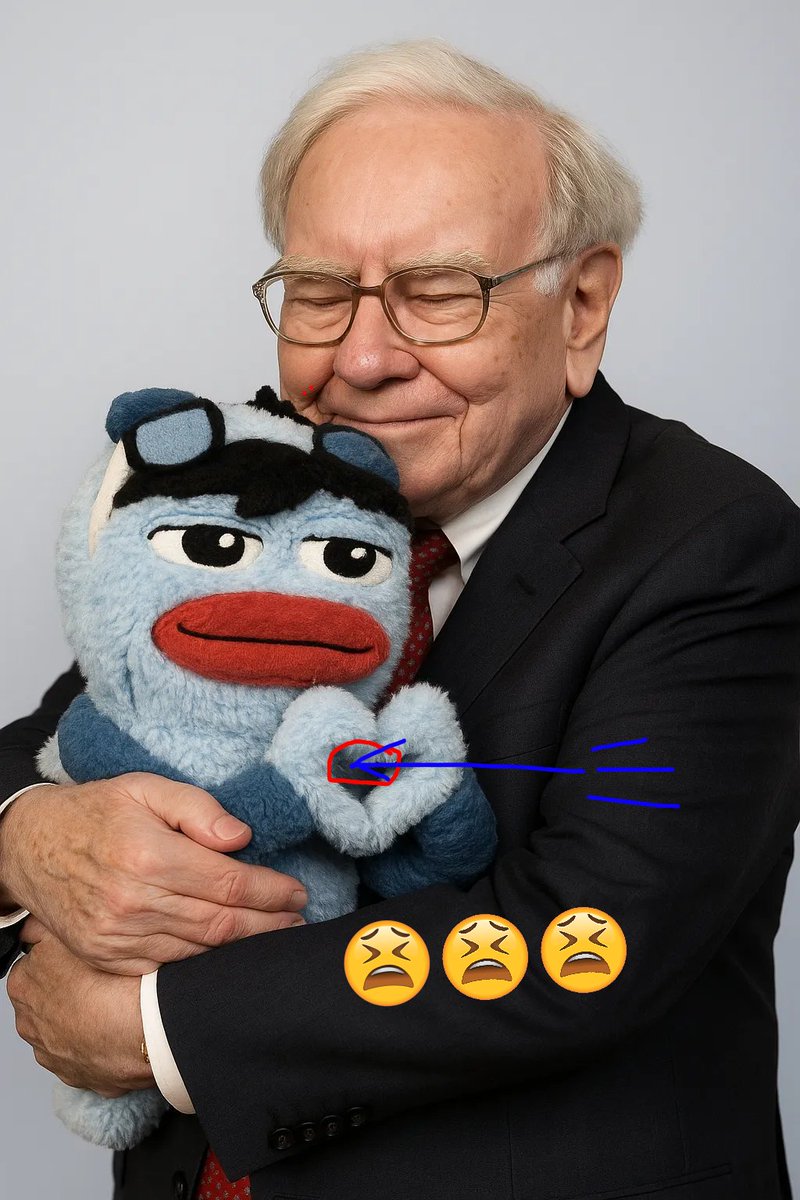This token isn’t available on the OKX Exchange. You can trade it on OKX DEX instead.

eUSD
Electronic Dollar price

0xa0d6...482f
$1.0001
+$0.00089930
(+0.09%)
Price change for the last 24 hours

How are you feeling about eUSD today?
Share your sentiments here by giving a thumbs up if you’re feeling bullish about the coin or a thumbs down if you’re feeling bearish.
Vote to view results
eUSD market info
Market cap
Market cap is calculated by multiplying the circulating supply of a coin with its latest price.
Market cap = Circulating supply × Last price
Market cap = Circulating supply × Last price
Network
Underlying blockchain that supports secure, decentralized transactions.
Circulating supply
Total amount of a coin that is publicly available on the market.
Liquidity
Liquidity is the ease of buying/selling a coin on DEX. The higher the liquidity, the easier it is to complete a transaction.
Market cap
$25.46M
Network
Ethereum
Circulating supply
25,457,159 eUSD
Token holders
240
Liquidity
$7.50M
1h volume
$17,150.02
4h volume
$533,327.52
24h volume
$1.73M
Electronic Dollar Feed
The following content is sourced from .

ChainCatcher 链捕手
Author: Zhi Wuyan
I watched a news last night, Wyoming in the United States in order to choose the public chain for the stablecoin WYST to be issued, engaged in a public scoring, and finally 11 chains entered the shortlist, Aptos and Solana tied for first place with 32 points, Sei followed with 30 points, Ethereum and a group of L2 only 26 points or lower, which may be quite different from the ecological activity and currency price of the public chain that everyone feels every day. How exactly is this score played? I was curious, so I studied with GPT teacher.
1/ First of all, give a word of praise to the U.S. state government for building in public. The Wyoming Stablecoin Council, the backing of the stablecoin WYST, was established in March 2023 under the state's Stable Token Act. The committee has a public notion document with a brief description of the project, a calendar of meetings and records, the results of the grading criteria and memo, Q&A, contact information, and a list of its own YouTube channel, X account, Warpcast account, and Github account, which is more serious and transparent than many of today's distracting project parties.
If you are interested, you can go directly to the onlookers.
2/In 2024, the Q4 committee preliminarily selected 28 public chains, and first screened out 14 of them based on whether there is no permissionless access, supply transparency, on-chain analysis, and whether the four rights and wrongs can be frozen; Secondly, 9 indicators (3 points each) are used to score the score, including network stability, number of active users, TVL, stablecoin market capitalization, TPS, transaction fees, transaction finality time, block generation time, and whether it is registered in Wyoming. Finally, 5 additional benefits are scored with 2 points for each of the 5 additional benefits (privacy, interoperability, smart contract/programmability, use cases, partners) and 6 additional risks of -2 points each (entity violations, team violations, history of security vulnerabilities, poor network availability, lack of bug bounties, and lack of code maintenance).
The final recommendation is to include 5 Layer 1 main chains: Solana (32 points), Avalanche (26 points), Ethereum (26 points), Stellar (24 points), Sui (26 points) and 4 eligible Layer 2 chains: Arbitrum (26 points), Base (25 points), Optimism (19 points), and Polygon (26 points) as "candidate blockchains".
3/ Aptos and SEI are actually newly included in the selection in Q1 this year. This quarter, the committee updated the selection criteria, adding a new item of "whether there is supplier support" to the right and wrong criteria, that is, "the blockchain must have the support of the committee's cooperative vendors for development, auditing, and infrastructure deployment." may be undertaken by the Foundation, subject to approval".
Updated to say that "chains must be fully indexed and supported by on-chain analytics platforms (e.g., Chainalysis, TRM Labs) that the Council works with".
Two new additions have been added to the additional benefit items, which are:
- Emerging Market Trends: Whether it hosts emerging track projects such as AI, DePIN, virtual reality, and game assets
- Foundation Support: Whether the Foundation can support one or all of the three aspects of technology development, WYST liquidity, and marketing
In this scoring, Aptos and SEI scored 32 and 30 points, respectively, so they were selected as candidates for the new promotion.
4/ So how did this score difference come about, I first made a comparison chart of the key difference items around the core indicators. Please note that since the new round of scoring does not re-score the 9 public chains that have been selected before, some of the data here is from the end of 2024 and is not the latest.
It can be seen that Ethereum's TVL is ahead of a cliff, but this decentralized chain still suffers a lot in terms of the number of transactions per second (TPS), transaction finality duration, transaction fee per transaction, and block generation time. It can also be seen here that the diversion of Layer 2 has led to the number of active users on the Ethereum mainnet being only in the same order of magnitude as SEI, far behind Aptos and Solana.
But how did Aptos manage to tie Solana for the highest score? I read it and found that on the one hand, Aptos is indeed very balanced, with strong compliance, fast speed, low cost, and relatively stable network, and on the other hand, it is also because the second round of scoring added two new points to the additional advantage bonus points, but Solana did not re-participate in this round of scoring. If these two items are removed, the actual highest score should still be Solana.
5/ It is worth noting here that although Ethereum has always advertised itself as the best choice to carry real assets on the chain, it actually falls to the technology selection at the government level, similar to the permissionless network is a threshold, and network stability only accounts for one of the core indicators; Lack of technical barriers and insufficient network availability are risk deductions, and Solana has been deducted 1 point each, but it has little impact on the whole. There is no rating on the degree of decentralization, and the state government is more focused on whether it can freeze and whether it has an entity in Wyoming; The vast majority of core metrics are performance, cost, and scale.
Of course, this state-level stablecoin issuance has stated from the beginning that it will abide by the principle of "multi-chain support and technology neutrality", and will continue to update the rules and collect feedback, and at the same time welcome the chains that have not been shortlisted to continue to submit applications to participate in the selection, so the public chains that have entered the shortlist and even those that have not yet entered the list have a chance in theory.
6/ In addition to the public chain selection, this Wyoming-based state-level stablecoin project is also noteworthy. As the first state in the United States to plan to issue a stablecoin, WYST was originally planned to launch by July 4, but during the regular meeting at the end of May, this timeline has been postponed to the third quarter of 2025, and the new proposed date is August 20. Subsequent work also involved soliciting public comments and final approval of the Reserve Management Rules, developing a committee-specific general ledger/chart of accounts, setting up trust and liquidity fund accounts with third-party custodians, and engaging with licensed service providers, including centralized exchanges, payment platforms, digital wallets, market makers, for the purchase and resale of WYST, and more.
Eventually, the reserves behind the stablecoin will be managed by the Franklin Templeton Fund, with Chainalysis responsible for on-chain analysis, integration with LayerZero and Fireblocks, completion of the decentralized verification network and official website launch, deployment of the WYST contract to mainnet by August 20, and a public statement at the Wyoming Blockchain Symposium.
In addition to Wyoming, Nebraska has passed its "Financial Innovation Act" to authorize entities called Telcoin to issue a state-backed stablecoin, tentatively called eUSD. Tinian Island, part of the Northern Mariana Islands, an overseas territory under the federal jurisdiction of the United States, attempted to issue a dollar stablecoin called the Marianas US Dollar (MUSD), which was rejected by the governor in April this year, and the Senate overturned the governor's veto in May.
This scenario of U.S. states and corporations gearing up to issue their own stablecoins is reminiscent of the free banking era from 1837 to 1866, when states, cities, private banks, railroad and construction companies, shops, restaurants, churches, and individuals issued about 8,000 different currencies by 1860, a wide variety of currencies, and a lack of uniform standards, with the picture here illustrating the $1 private currency of the Delaware Bridge Company in New Jersey from 1836 to 1841.
7/ There has been a lot of talk about RMB stablecoins recently, and some large companies are also eager to try it. After the question of whether to have it, it may be which chain to run on. Whether to launch a special chain, whether to use the large company's own alliance chain such as Ant Chain and JD Chain, whether to access the common public chain in the world, or to use some domestic public chains such as Hashkey Chain, Conflux, etc., this issue is a new topic for governments and enterprises in China and the United States and even other countries around the world. Wyoming's scoring system and publicity system may not be perfect, but it can be regarded as an example for latecomers. We should see more interesting governance developments in the future.
Show original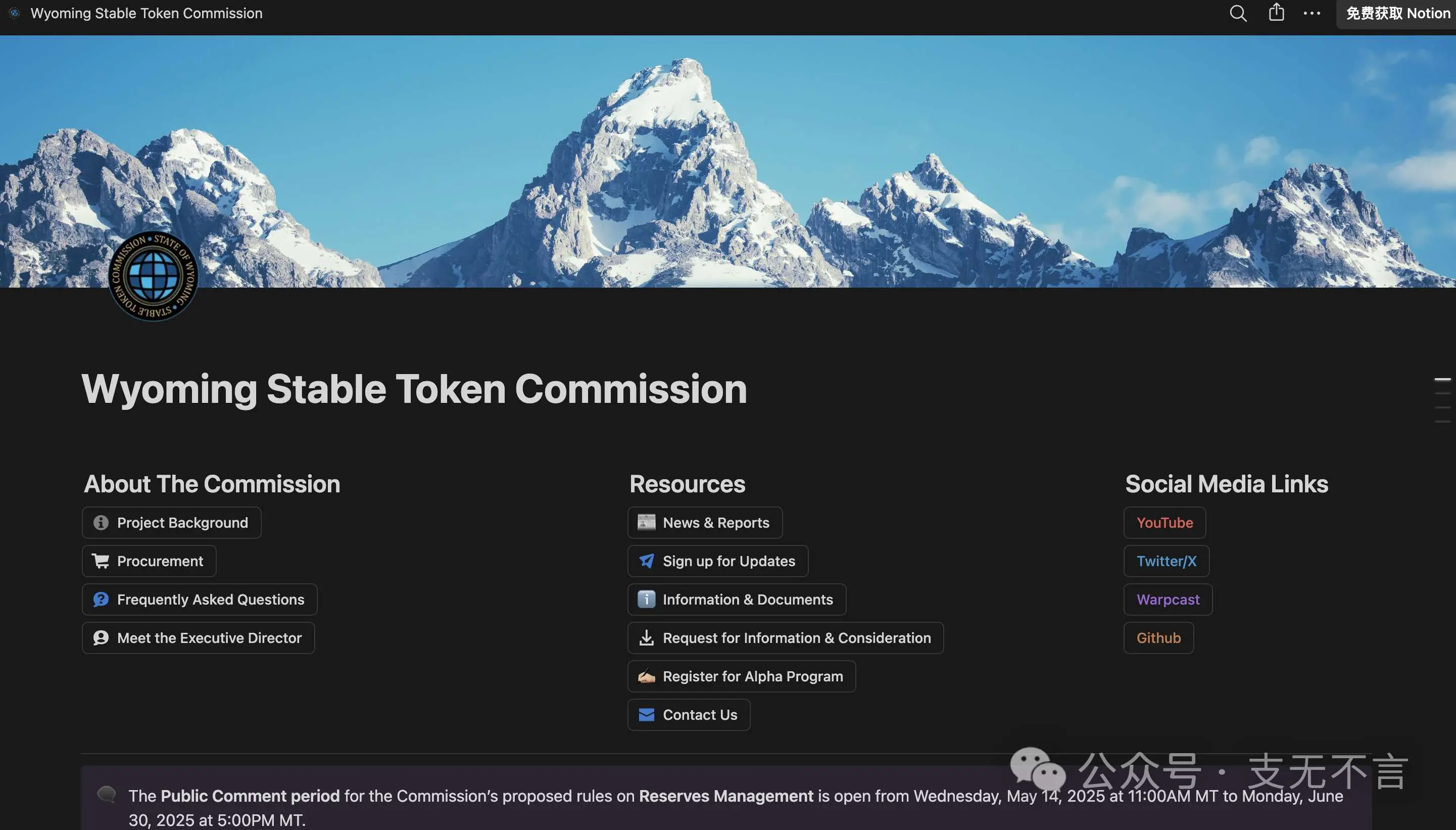
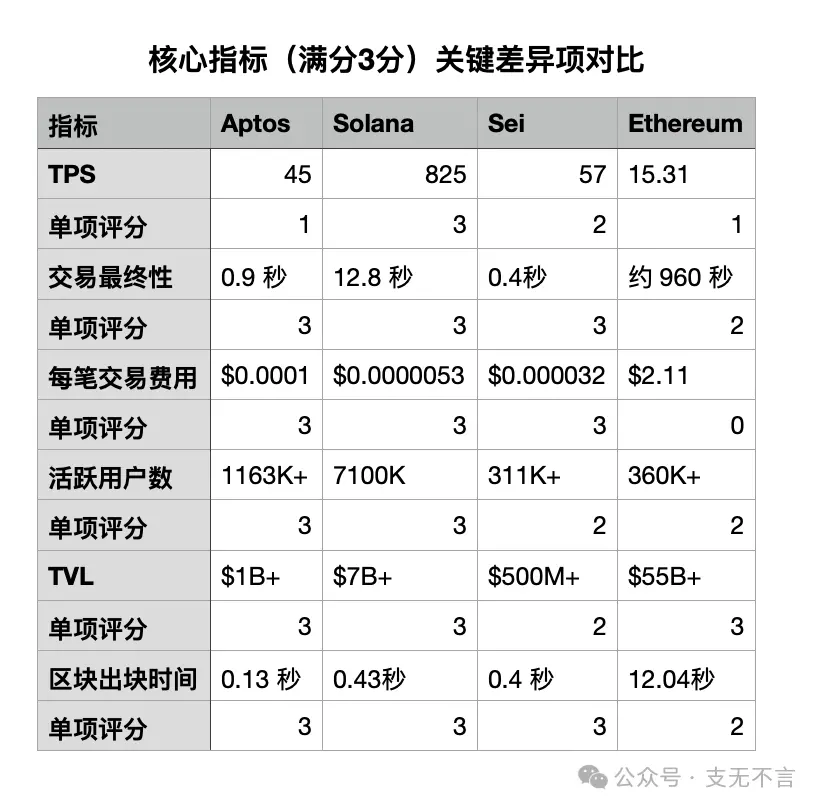
39.68K
0

RedStone ♦️
Hey, what stablecoins does RedStone support?
Only:
$USDT
$BUIDL
$USDC
$sUSDe
$SUDSz
$sfrxUSD
$gmdUSDC
$sUSDX
$USDe
$wUSDM
$sUSDs
$USD3
$sdeUSD
$tacUSD
$GUSD
$frxUSD
$USD1
$USD+
$scUSD
$deUSD
$USDtb
$USDP
$USDD
$eUSD
$crvUSD
$USDX
$fxUSD
$aUSD
$MUSD
$ALUSD
$USDB
$LUSD
$TUSD
$DOLA
$OUSD
$USDM
$CUSD
$DAI
$sDAI
$USR
18.7K
88

Tanaka
Lately, everything’s pumping.
Memes. AI. New chains. Even projects with no product.
So why hasn’t $MNT moved?
Instead of guessing, I looked closer at what @Mantle_Official is actually building and the answer became clear:
It’s not because they lack potential.
It’s because they’re playing a different game building long-term financial infrastructure.
Watching them quietly build full-stack financial rails → index funds, a Web3 bank, and #BTCFi infra, has only strengthened my conviction.
What they’re doing isn’t hype. It’s structural.
This the breakout phase?
Mantle is rebuilding the foundation of on-chain finance.
1⃣ Enhanced Index Fund: Institutional #DeFi, Finally Done Right
You know how in TradFi, index funds became the go-to for smart, passive investing?
Crypto never had a real equivalent, because altcoins follow #BTC with high beta, and index exposure often just meant “buy everything and pray.”
But @Mantle_Official flipped the script with the Enhanced Index Fund.
→ Anchored by $BTC, $ETH, $SOL
→ Enhanced through DeFi strategies using eUSD & AUSD
→ Aiming for stable, risk-adjusted yield, not just coin exposure
They're not building a "basket of tokens." They’re offering MI4, a tokenized, BVI-regulated on-chain index fund, starting with $400M from the Mantle Treasury. That’s serious conviction.
Mantle just gave them a compliant, yield-optimized way in.
2⃣ Mantle Banking: The ‘Toss’ of Web3 Finance
I’ve been watching this one closely. If you've ever used Toss in Korea, you’ll get the vision instantly.
→ One app
→ Unified UX for fiat + crypto
→ Salary goes in, stablecoins + MI4 allocations come out
→ Borrow with #ƒBTC or #mETH, auto-manage assets, pay seamlessly
It’s neo-banking, but Web3-native. Mantle Banking removes the chaos of wallets, swaps, and bridges. Just smooth, automated financial flows, with crypto under the hood.
It’s the portal for mass adoption. Like how Robinhood redefined stock investing for Gen Z, @Mantle_Official is doing the same for Web3 financial services.
3⃣ @FunctionBTC (ƒBTC): Turning Bitcoin Into DeFi’s Power Core
Let’s talk #Bitcoin.
Everyone holds it. No one uses it. That’s the problem.
But Mantle’s Function protocol changes that. ƒBTC is Bitcoin wrapped smarter:
→ Native across 8+ chains (Ethereum, Mantle, Arbitrum, etc.)
→ Issued using MPC + TSS (not your typical custodial setup)
→ $1.2B+ TVL already
→ Plugged into restaking, lending, and #BTCFi strategies via @SolvProtocol , @babylonlabs_io , @Pumpbtcxyz
We’re talking about a real yield layer on top of #BTC holdings, at a time when sovereign entities are loading up BTC as a reserve asset.
Function might just be the bridge that finally connects TradFi Bitcoin reserves with on-chain yield.
TLDR?
If you're thinking about how real capital (retail + institutional) enters crypto in a sustainable way, $MNT is showing a clear, end-to-end roadmap:
- Passive index strategies (MI4)
- User-first banking UX (Mantle Banking)
- Bitcoin utility beyond HODL (Function)
It’s about infra that actually scales capital allocation on-chain.
And honestly, If this model plays out, $MNT might not just be a chain, it could be Web3’s first full-stack financial OS.
Price increase is only a matter of time!
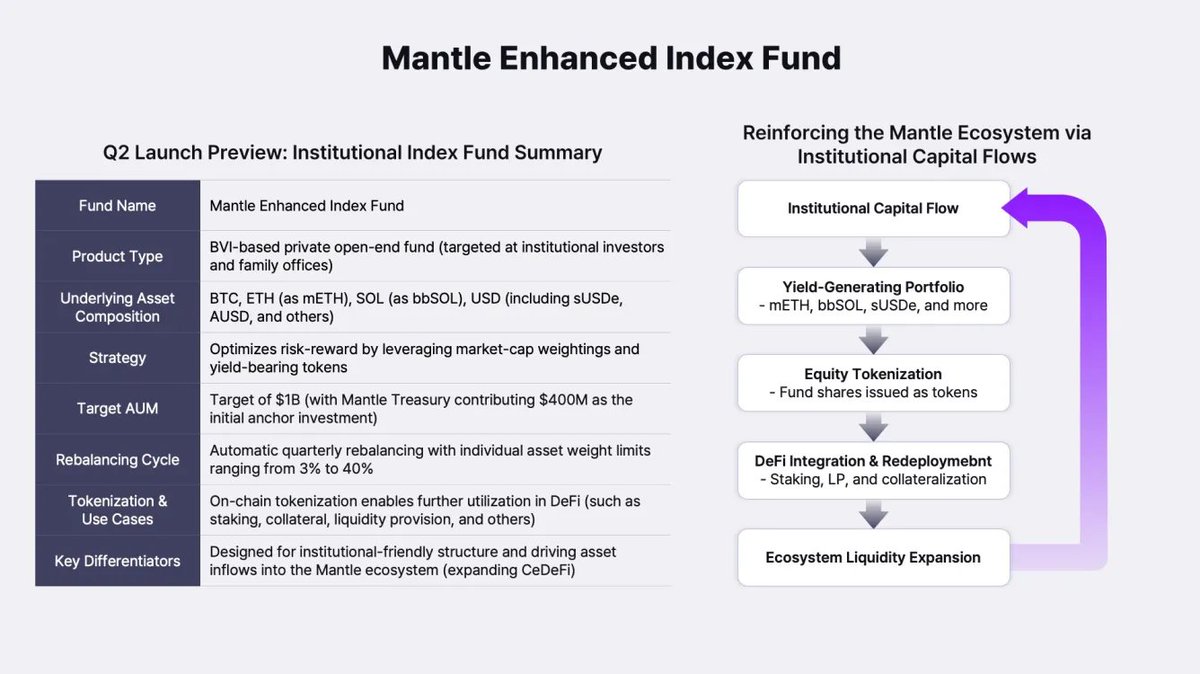
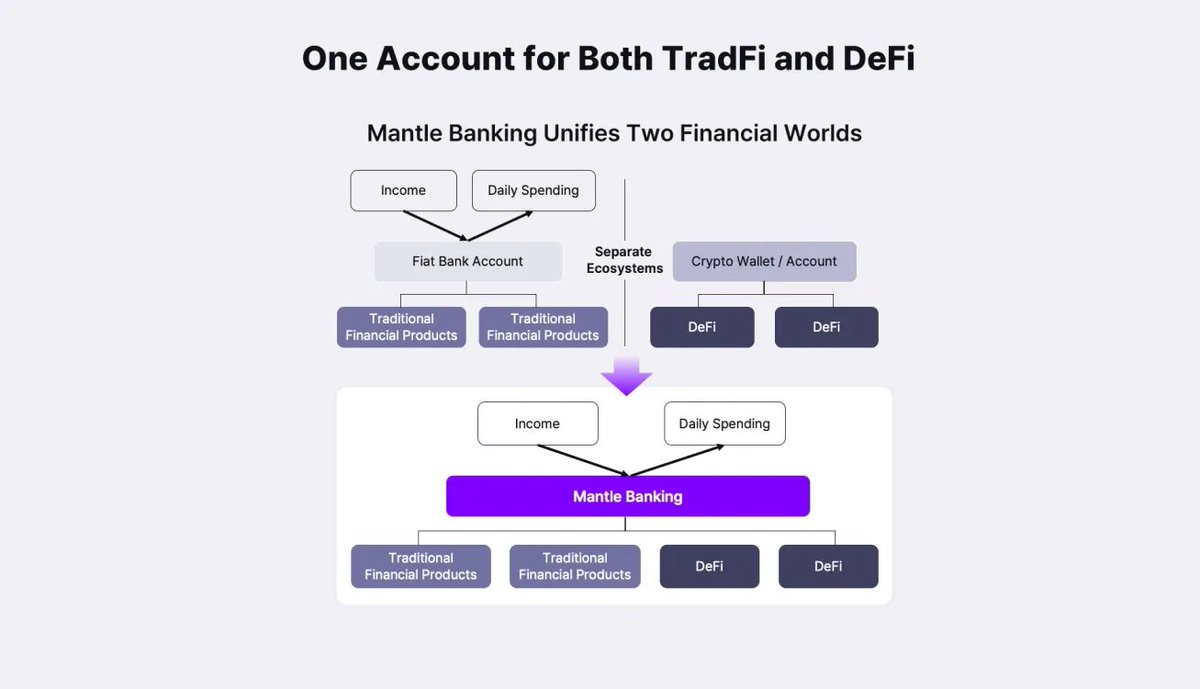
29.83K
126

Ken Chia | Pendle
The @pendle_fi Print #64 is out:
- New pools: [ETH] wsrUSD 30JUL, sDOLA 9OCT; [BNB] USR 27NOV
- PSA: Pendle Yield Talk - Stablecoin Alpha
- Citadel Highlight: @upshift_fi / @august_digital
- Pencosystem: @aave PT-eUSDe-29MAY ($120/400M avail), PT-sUSDe-31JUL ($85M cap filled)
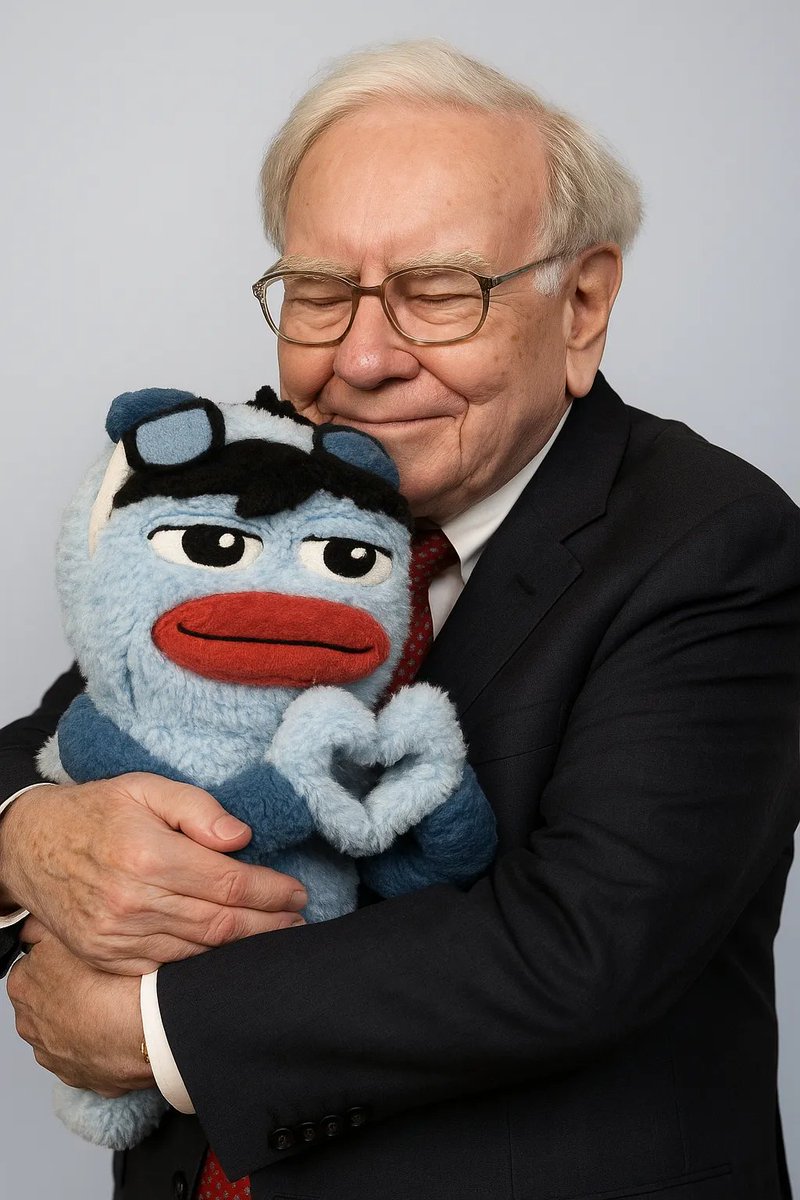
16.41K
24
eUSD price performance in USD
The current price of electronic-dollar is $1.0001. Over the last 24 hours, electronic-dollar has increased by +0.09%. It currently has a circulating supply of 25,457,159 eUSD and a maximum supply of 25,457,159 eUSD, giving it a fully diluted market cap of $25.46M. The electronic-dollar/USD price is updated in real-time.
5m
+0.00%
1h
+0.07%
4h
+0.13%
24h
+0.09%
About Electronic Dollar (eUSD)
eUSD FAQ
What’s the current price of Electronic Dollar?
The current price of 1 eUSD is $1.0001, experiencing a +0.09% change in the past 24 hours.
Can I buy eUSD on OKX?
No, currently eUSD is unavailable on OKX. To stay updated on when eUSD becomes available, sign up for notifications or follow us on social media. We’ll announce new cryptocurrency additions as soon as they’re listed.
Why does the price of eUSD fluctuate?
The price of eUSD fluctuates due to the global supply and demand dynamics typical of cryptocurrencies. Its short-term volatility can be attributed to significant shifts in these market forces.
How much is 1 Electronic Dollar worth today?
Currently, one Electronic Dollar is worth $1.0001. For answers and insight into Electronic Dollar's price action, you're in the right place. Explore the latest Electronic Dollar charts and trade responsibly with OKX.
What is cryptocurrency?
Cryptocurrencies, such as Electronic Dollar, are digital assets that operate on a public ledger called blockchains. Learn more about coins and tokens offered on OKX and their different attributes, which includes live prices and real-time charts.
When was cryptocurrency invented?
Thanks to the 2008 financial crisis, interest in decentralized finance boomed. Bitcoin offered a novel solution by being a secure digital asset on a decentralized network. Since then, many other tokens such as Electronic Dollar have been created as well.
Monitor crypto prices on an exchange
Watch this video to learn about what happens when you move your money to a crypto exchange.
Disclaimer
The social content on this page ("Content"), including but not limited to tweets and statistics provided by LunarCrush, is sourced from third parties and provided "as is" for informational purposes only. OKX does not guarantee the quality or accuracy of the Content, and the Content does not represent the views of OKX. It is not intended to provide (i) investment advice or recommendation; (ii) an offer or solicitation to buy, sell or hold digital assets; or (iii) financial, accounting, legal or tax advice. Digital assets, including stablecoins and NFTs, involve a high degree of risk, can fluctuate greatly. The price and performance of the digital assets are not guaranteed and may change without notice.
OKX does not provide investment or asset recommendations. You should carefully consider whether trading or holding digital assets is suitable for you in light of your financial condition. Please consult your legal/tax/investment professional for questions about your specific circumstances. For further details, please refer to our Terms of Use and Risk Warning. By using the third-party website ("TPW"), you accept that any use of the TPW will be subject to and governed by the terms of the TPW. Unless expressly stated in writing, OKX and its affiliates (“OKX”) are not in any way associated with the owner or operator of the TPW. You agree that OKX is not responsible or liable for any loss, damage and any other consequences arising from your use of the TPW. Please be aware that using a TPW may result in a loss or diminution of your assets. Product may not be available in all jurisdictions.
OKX does not provide investment or asset recommendations. You should carefully consider whether trading or holding digital assets is suitable for you in light of your financial condition. Please consult your legal/tax/investment professional for questions about your specific circumstances. For further details, please refer to our Terms of Use and Risk Warning. By using the third-party website ("TPW"), you accept that any use of the TPW will be subject to and governed by the terms of the TPW. Unless expressly stated in writing, OKX and its affiliates (“OKX”) are not in any way associated with the owner or operator of the TPW. You agree that OKX is not responsible or liable for any loss, damage and any other consequences arising from your use of the TPW. Please be aware that using a TPW may result in a loss or diminution of your assets. Product may not be available in all jurisdictions.

